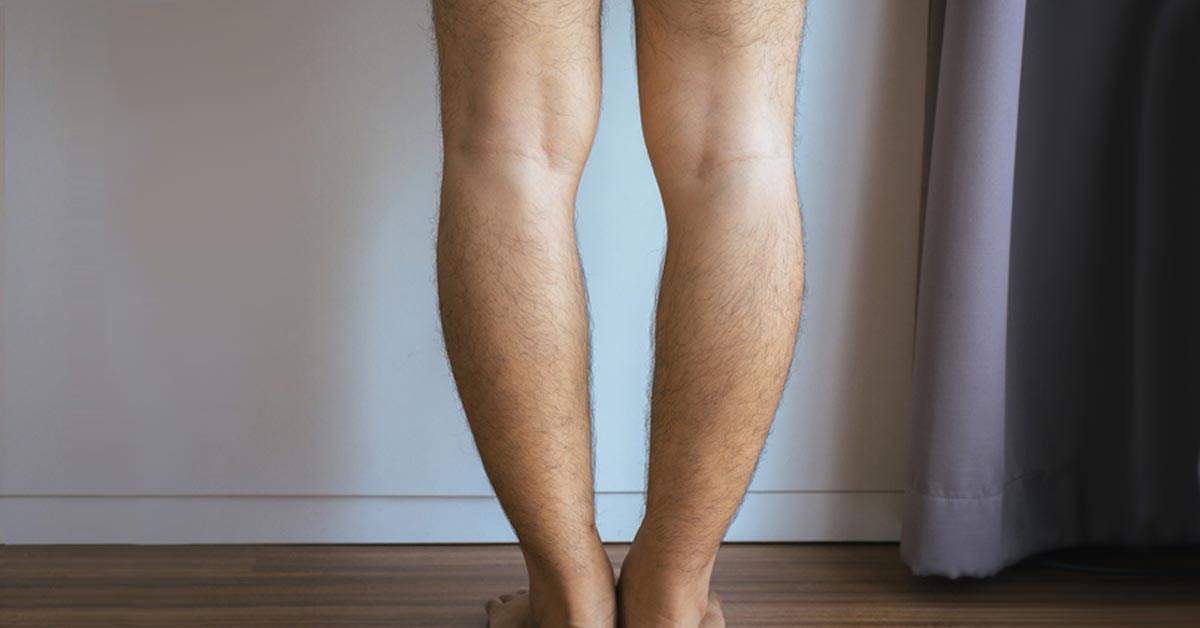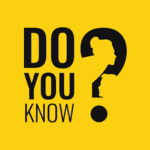Bow leg is common in toddlers, and naturally begins to straighten as the child grows. However, experts say if bowed legs have not resolved by the age of two to three, there may be an underlying cause, such as Blount’s disease.
Blount’s disease is a condition that affects the growth plates around the knee or the bones of the lower leg, causing them to bow outward.
The disease causes the growth plate near the inside of the knee to either slow down or stop making new bone, while the growth plate near the outside of the knee continues to grow normally. The result is a bowlegged appearance in one or both legs.
Adolescents, especially those who are significantly overweight, occasionally have bowed legs. In young kids, bow legs are not usually painful, but can affect how they walk and their appearance.
2 to die by hanging for homicide in Kano
NSCDC nabs ‘soldier’ for defrauding prophet in Kwara
However, it may cause knee pain that gets worse with activity for pre-teens and teenagers.
Dr Kevin M Neal, a board-certified paediatric orthopaedic surgeon and Director of the Spine Service at Nemours Children’s Health, explained that Blount’s disease was very different from the bowlegs that babies and toddlers had.
“Their legs are naturally bowed and usually straighten out when they start walking. But with Blount’s disease – whether it starts in early childhood or the teen years – the curve gets worse if it’s not treated. So, early diagnosis is very important,” he said.
Cedarcrest Hospitals say Blount’s disease appears in children by two years of age and often appears in obese children and in young children who are early walkers.
Dr Olukemi Lawani, a consultant paediatric orthopaedic surgeon at Cedarcrest Hospitals, says bow legs (Blount’s disease) can be corrected in children if detected early.
Speaking during a webinar titled: “Knee Deformity in Children: Blount’s Disease (Bow legs) Correction”, she said, “Lots of children have bow legs or knock knees. Parents often have anxiety about how long to wait for the knees to straighten. This often becomes confusing because they can often point to relatives and friends that had bow knees straightened.
“Blount’s disease is a form of the bowing of the tibia (leg bone) which is relentless and if left untreated can damage the bones of the leg and thigh and the joint.”
The expert further said it was common with people of African descent, ran in families and easily spotted on serial X-rays.
She explained that, “When we pick it up early, it can be amenable to simple operations to guide growth (that is before three years of age).
“Unfortunately, it has a high recurrence rate, and such children must be monitored until they reach the age of skeletal maturity, which is about 15 to 16 years for most children around here.”
Dr Lawani said the cause of Blount’s disease in children was unknown, but that factors associated with the disease included obesity, early walking, females, children of African descent, possible mineral deficiency and that often there was history of a similar condition in siblings or parents.
She noted that Blount’s disease types were based on age at onset:
-Infantile: The onset is at about age two to three.
-Juvenile: In children, the onset is at about age four to 10.
– Adolescent: Onset is in teenage years.
When to see a doctor
She said parents should begin to worry or see a doctor when they noticed the following:
-When you have any normal child who has a new onset of bowing.
-Bowing in a previously normal child.
-When bowing appears on one side or a single side is bowed.
-When there is obvious bowing.
-When the bowing is rapidly worsening.
Diagnosis
Dr Lawani said the doctor would start with a history to find out if there were family members that had a similar condition, and that if it progressed, was it resolved or needed treatment.
She said the doctor checked the degree of bowing and the following:
-Checks blood calcium, Vitamin D, phosphate, alkaline phosphatase and albumin.
-Gives drugs to correct any deficiency.
-X-ray of the whole limbs from hip to ankle is also important because some children have bowing that appears from the knee but is actually coming from the hip joint.
-Your doctor will also plan to surgically correct/monitor as appropriate; depending on the degree or severity.
Who needs an operation?
Dr Lawani said one required surgery for Blount’s disease when there was:
-Progressive bowing of the knees despite adequate blood levels of calcium and Vitamin D.
-Joint damage leading to pain.
-Risk of joint damage with untreated deformity or obesity because their weight overloads the joint.
Treatment
The consultant said treatment depended on how early the child presented.
“It is best started before the age of three or within six months of onset for older children,” she said.
She added that the different treatment methods that could be used were guided growth or corrective surgery, noting that surgery helped in recovery of damaged growth plates in addition to realigning the legs so that the growth plate went from relying on one leg to the knee to being balanced on both sides of the knees.
She explained that, “Blount’s disease causes one side of the knee to stop growing, but if we catch it on time, it allows the side to recover and the legs straighten out magically over time and the kid may not need surgery another time. And even if it requires surgery, things will get better.
“If left untreated, the abnormal shape of the knee will cause the body to bear more weight right on the inner side of the knee and this leads to further joint distraction and the onset of arthritis in young persons.”
According to Dr Lawani, people who present so late are the ones who require more extensive surgery to try to straighten out the limbs.
She said a lot of children with Blount’s disease were obese, hence that weight loss was part of the treatment of the disease as the weight carried along was not good for the knees.
She further said exercise was another treatment, but that the trouble with it was “when a child is obese and the knees are bowed they will be unable to run around.”
This then leaves the option of diet.
The expert said weight reduction surgery was available in Cedarcrest Hospitals for children who met the criteria, adding that weight was a big factor in choosing a treatment method.
She noted that, “Even with the same degree of bowing, there may be modification in treatment of children that are overweight.”
Dr Lawani advised that in all, any child with bowing beyond two years of age should be investigated.
She said, “Blount’s disease is easy to diagnose and best treated early, because the treatment for early Blount’s are so much similar and do not disrupt the child’s or the family’s activities. While there could be recurrence, the severity is lower with children treated early and properly. Cedarcrest Hospitals’ children’s orthopaedic unit can help with advice and management of Blount’s disease.”

 Join Daily Trust WhatsApp Community For Quick Access To News and Happenings Around You.
Join Daily Trust WhatsApp Community For Quick Access To News and Happenings Around You.
